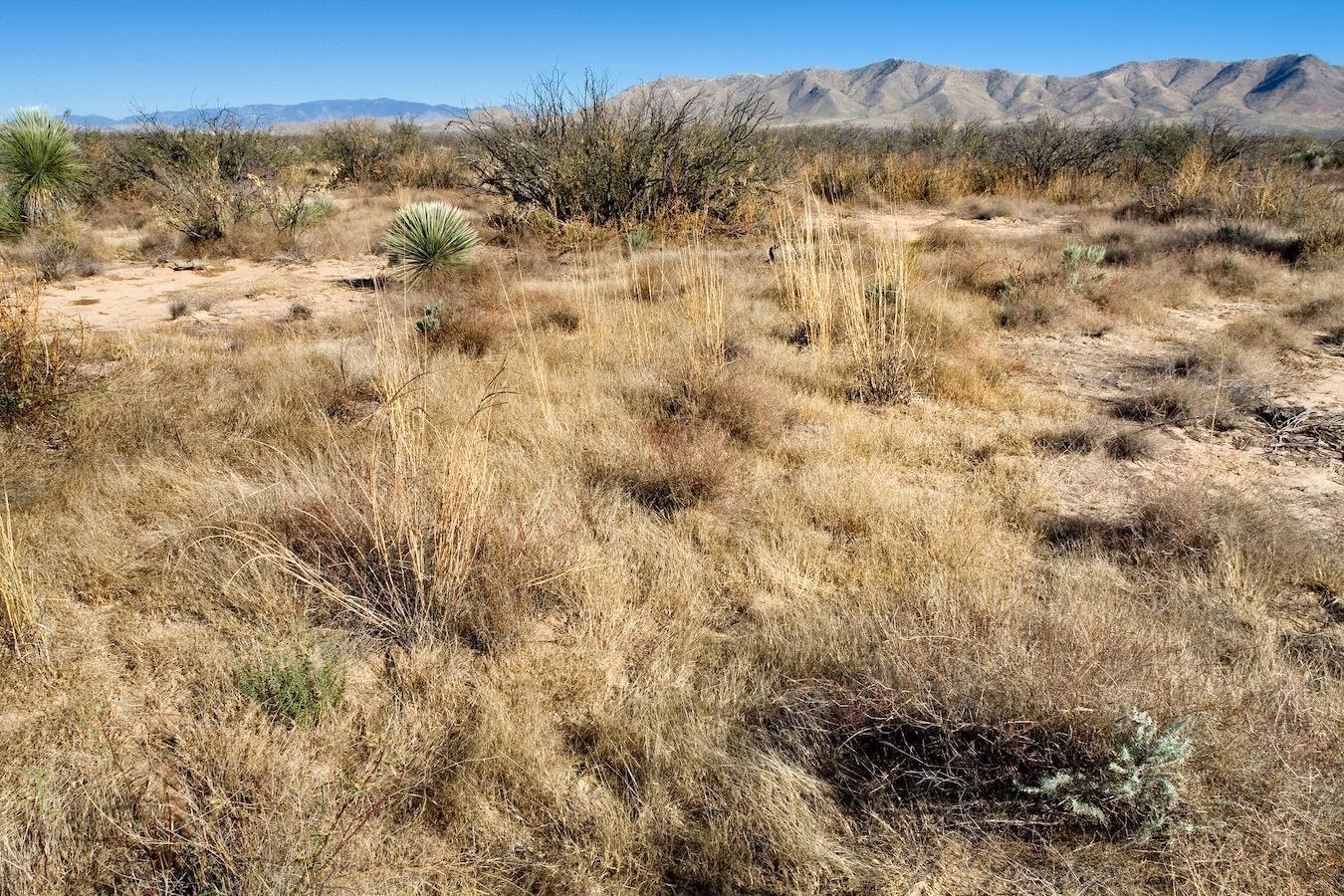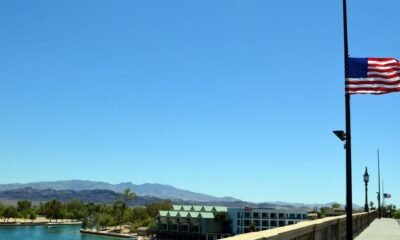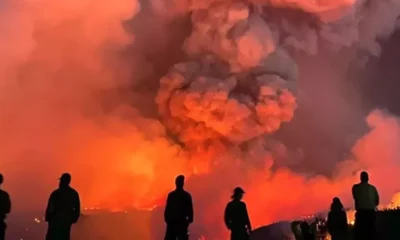Business
Arizona Takes Bold Step to Regulate Groundwater Pumping in Willcox’s Rural Heartland

Arizona officially designated its seventh groundwater active management area on Friday, a move that has sparked community protests. This decision, made by Arizona Department of Water Resources Director Tom Buschatzke, aims to regulate groundwater pumping in the 2,000 square mile Wilcox Basin, which faces severe fissuring and land subsidence amidst a historic drought.
Governor Katie Hobbs expressed strong support for the regulation, stating, “Rural communities deserve to have their groundwater protected, and today’s action is a critical milestone for the people of southeastern Arizona.” She criticized prior politicians for neglecting water issues and yielding to outside interests that exploit Arizona’s water resources.
In regions outside of designated active management areas, groundwater pumping lacks regulation. However, the Groundwater Management Act of 1980 provided a framework for controlling usage in these areas. Regulations limit groundwater pumping to prevent overexploitation, and conservation measures are tailored to each specific area. Any new developments must prove a 100-year assured water supply, while wells drawing over 35 gallons per minute are closely monitored.
More than 8,100 residents rely on the Willcox Basin for their water. Though they will continue to use groundwater, they will now be subject to new conservation requirements developed by the Arizona Department of Water Resources over the upcoming two years. The new active management area also aims to deter large, out-of-state companies from depleting local groundwater, a situation that has caused problems in other parts of the state.
However, this regulation has met resistance, particularly from wine grape growers who fear it will hinder their agricultural expansion and economic prospects. The Arizona Wine Growers’ Association did not respond to requests for comment.
Comments from residents affected by aquifer overdrafting indicate limited sympathy for the growers’ concerns. Water levels in the basin have dropped over 400 feet since the 1940s, resulting in a loss of 5.7 million acre-feet of water—three and a half times the rate of natural replenishment. Consequently, land subsidence has led to some areas sinking by as much as 11.5 feet and continues at a rate of 3.5 inches per year. Experts warn that even halting groundwater pumping will not immediately stabilize land levels, which could take decades to recover.
Willcox Mayor Greg Hancock acknowledged the tough choices facing the community. “While there are a range of views on the AMA, the urgency of addressing our water challenges cannot be overstated,” he stated. He emphasized the importance of ensuring that community voices are heard during the process and underscored the need for a sustainable water future.
Director Buschatzke asserted that the basin qualifies for active management designation due to the necessity of regulation for the area’s only reliable water source and the risks posed by land subsidence and fissuring. The Willcox Basin is notably the first area designated by the water resources director directly; previous designations arose from voter initiatives or legislative actions.
The new active management area spans the entire Wilcox Groundwater Basin, including the northern Sulfur Springs Valley and parts of the Willcox Playa watershed. Groundwater serves as the primary water source in this region and is essential for agricultural, domestic, and municipal purposes.
















